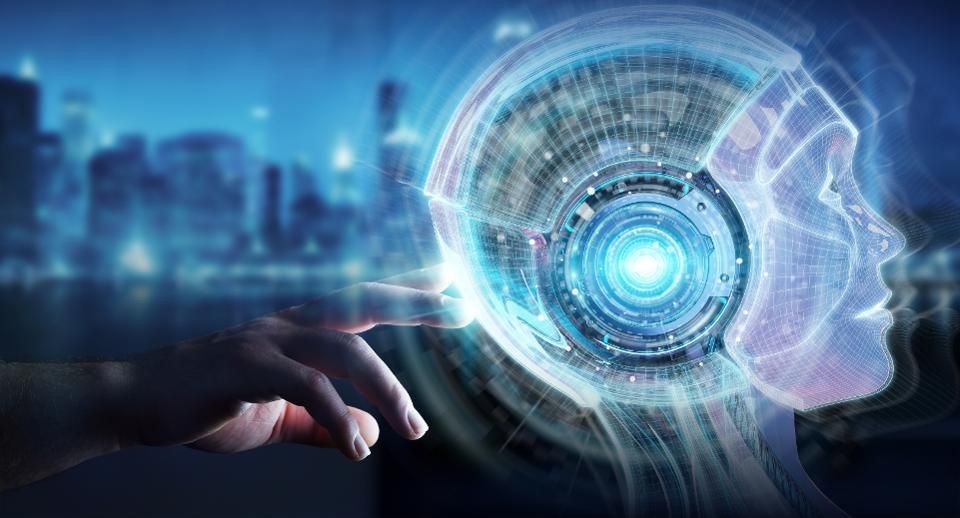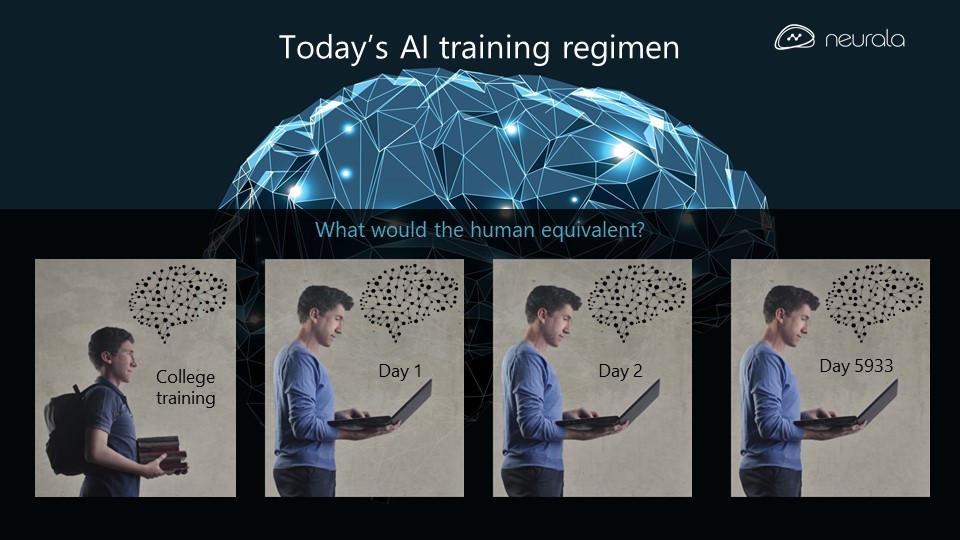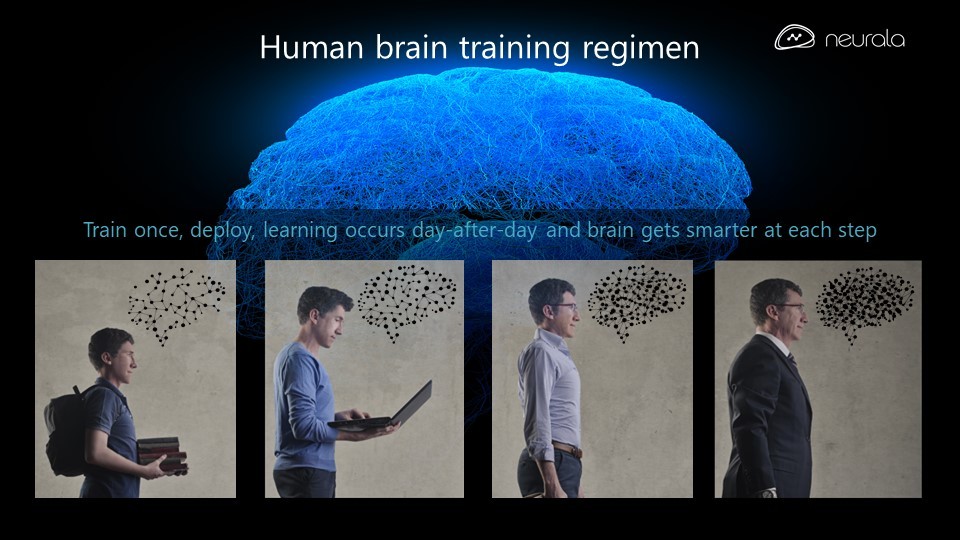In the movie Memento, former insurance investigator Leonard Shelby tracks down the criminal who attacked him and murdered his wife. Leonard, though, is not a “normal” guy. He has to deal with a rare and untreatable form of memory loss that he suffered during an attack.
Despite the fact he can remember aspects of his life prior to the attack, Leonard can’t remember what happened 15 minutes ago, where he’s going or why. In his own words, “I know who I am. I just can’t form new memories.”
Like Leonard, people with his type of amnesia do lose the ability to form memories, which Leonard ingeniously mitigates by snapping numerous Polaroid photos of important places he’s been, people he has met and things he has seen.
Poor Leonard wakes up every day without knowing more than he did the day before. His learning is “frozen.”
You may not know this, but virtually 100% of the artificial intelligence developed and fielded today has “Leonard’s disease.” Once it has been deployed, it does not matter how much you teach it day after day — the AI does not know more or get smarter than the day it was deployed.
Traditional AI Only Knows What It Has Been Taught In The Factory
As more and more machines — from smart cameras and cell phones to industrial co-robots and self-driving cars — are equipped with some form of intelligence, AI is sitting on a pile of invaluable, day-to-day training data that it is simply discarding.
To realize how devastatingly bad this is, imagine what human brains would behave like in today’s AI systems. Were our brains designed like currently engineered AI, we would only know what we learned in college. Day after day, we would go to work, be exposed to new situations and challenges, go to sleep and wake up having learned nothing.
Somebody is acknowledging the problem, though. The U.S. Defense Advanced Research Projects Agency (DARPA), whose innovations usually trail anything commercially available by many years (such as GPS and the internet), is launching a program devoted to lifelong learning in AI systems. (Full disclosure: I was the PI (principal investigator) on a DARPA project for a number of years.)
But the world has changed significantly since DARPA was originally founded. Now, startups can innovate at a pace and depth that makes these multiyear, multimillion-dollar proposals obsolete in the face of what small companies can build with a restricted schedule and capital budget.
More Intelligent Artificial Intelligence With Lifelong-DNN
Traditional DNN is fixed, and to add new data, the whole data set needs to be retrained. A Lifelong Deep Neural Network (Lifelong-DNN), on the other hand, is AI 2.0. This technology learns day after day, similar to human learning. Lifelong-DNN is inspired by brain neurophysiology and mimics in software the ability of cortical and subcortical circuits to work “in tandem” to add new information on the fly.
Neurala has been making strides with this technology when we introduced the idea of using graphics processing units (GPUs) to speed up neural network computations in 2006. Several companies, in fact, are working on “catastrophic forgetting” via “transfer learning” (i.e., training a network to do one thing and then figuring out a way to train it to do another without forgetting the first). James Kirkpatrick (Google Deepmind) and Ian J. Goodfellow (Google Brain) are doing tremendous work in this area of AI, but this is really quite a broad field, with many organizations doing transfer learning. Note that in the general transfer learning case, you’re still learning via thousands to millions of examples while also looking for a way to protect the learning you’ve previously done.
AI 2.0: Solving The Problem Of Forgetting
The key here is the ability to capture in software the dual nature of learning in the mammalian brain, where several neurotransmitter systems act in synergy to enable both slow learning, the kind where many different repetitions are needed to master a task and fast learning, based on one-shot learning of crucial information.
Unlike Leonard Shelby, AI 2.0, with its Lifelong-DNN, never forgets what it has learned. Lifelong-DNN makes it possible for AI to learn throughout its “life.” As a result, it will open up new worlds of applications and capabilities.




